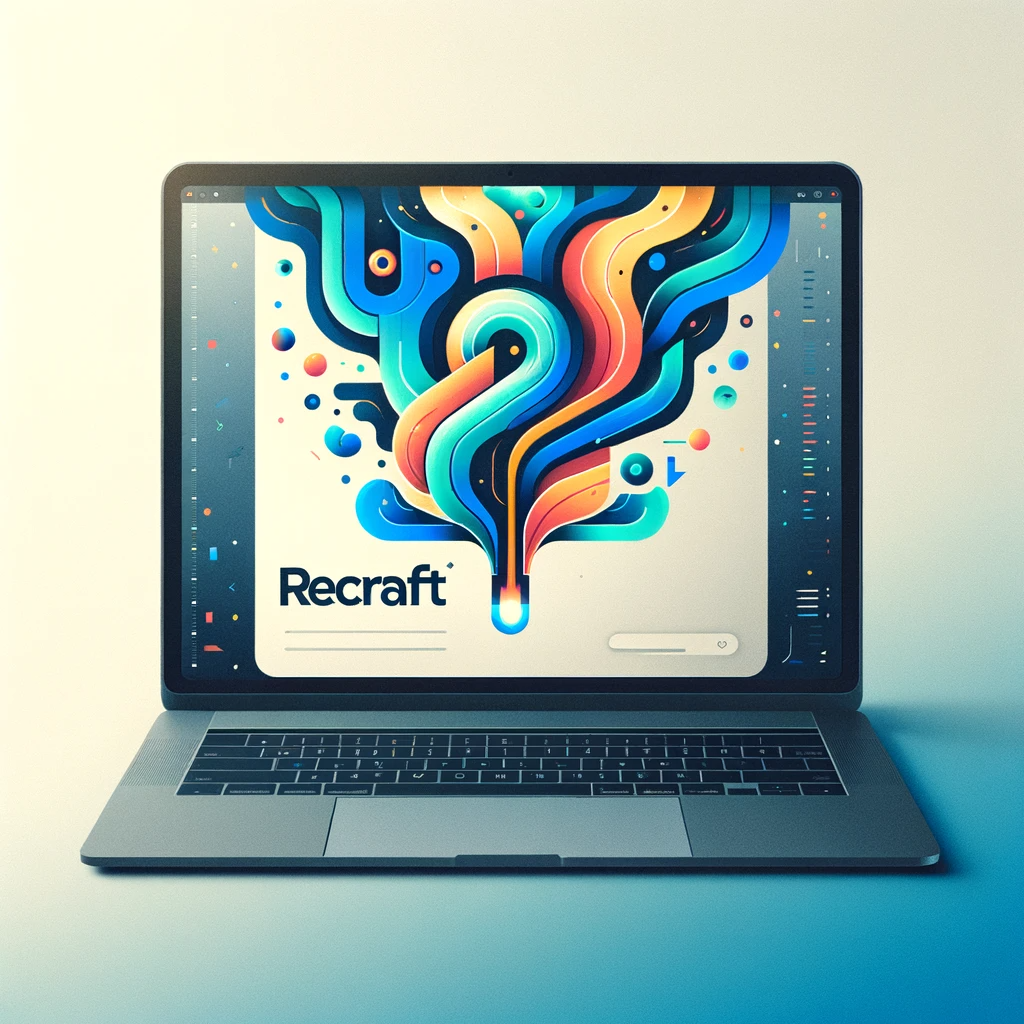
London’s Startup Landscape Enriched by Recraft’s Innovations in AI-Powered Graphic Design
In the ever-evolving world of startups, London has witnessed a notable development with the emergence of Recraft. This innovative company, specializing in AI-powered graphic design generation for brands, has recently announced a significant financial milestone, securing $12 million in a Series A funding round. This investment round was co-led by Khosla Ventures and Nat Friedman, the former CEO of GitHub. Notably, the round also saw participation from RTP Global, Abstract VC, Basis Set Ventures, Elad Gil, and other angel investors.
Recraft was founded by Anna Veronika Dorogush, the creative mind behind the CatBoost open-source gradient boosting library. The company’s vision is to revolutionize the graphic design landscape using AI. Recraft’s plans for the capital are ambitious: they aim to develop their product further and create a specialized graphic design foundation model. This model will assist brands in generating consistent designs aligned with their color palette and style, offering rapid iterations.
The market for creative AI is burgeoning, with projections showing a Compound Annual Growth Rate (CAGR) of over 34% from 2022 to 2032. Recraft is strategically positioning itself in this competitive landscape, which is crowded with AI startups aiming to make a mark in the creative AI sector.
Recraft’s Unique Value Proposition in the AI Art Creation Tools Market
While numerous tools exist for AI-based art creation, like Midjourney, Stable Diffusion, and DALL-E 3, Recraft stands out by targeting professional graphic design for brands. Recraft offers a web platform where users, through text prompts, can generate raster images (like illustrations and 3D images) and scalable vector graphics (like logos and icons), exportable as SVG files. This caters directly to professional graphic designers, a segment with few comparable solutions.
Recraft’s platform is not limited to image generation. It also provides a suite of tools for manipulating AI-generated rasters and vectors. These tools range from basic (such as adjusting image size and style) to complex (like customizing images to fit a brand’s color palette, including layers of colors and desired backgrounds). Users can specify the level of detail in their designs, blending different styles to create unique images. This functionality allows graphic designers to rapidly create consistent brand assets.
Launched eight months ago, Recraft’s platform has already attracted over 300,000 users. However, the proportion of these users who are paying customers remains unclear. The company offers both a free and a paid tier, the latter priced at $20/month. Queries to Recraft by VentureBeat regarding their user base and revenue model remained unanswered at the time of writing.
Recraft’s Aspirations: Building a Proprietary Foundation Model
With a robust and growing user base and a functioning platform, Recraft is now focusing on the next phase of its development. The recent funding will facilitate the advancement of its machine learning capabilities and the training of its own foundation model. This model is expected to generate superior, style-consistent design elements and sophisticated graphic designs.
Recraft’s future plans include adding capabilities for visual referencing with brand imagery, enhancing style control, and producing graphic designs that combine text and images, such as social media posts. Dorogush, in a statement, emphasized that Recraft was created to meet the demands of professional design. The development of the Foundation Model is key to improving the quality and consistency of AI-generated graphic designs.
The specifics of the model currently used by Recraft are not public. However, training a proprietary model from scratch could provide a significant advantage in the creative AI space. It might attract customers who lack the resources for large design teams and, in the long run, potentially reduce the need for human designers.
The Broader Market and Competitive Landscape
The market for design-centric generative AI is expected to see substantial growth, increasing from $412 million in 2022 to an impressive $7.75 billion by 2032, according to Precedence Research. Recraft is part of a category that includes other known players like Typeset, Kittl, and Jasper. Industry giants such as Canva and Adobe, with strong customer bases, have also integrated gen AI-powered capabilities into their products, indicating the growing importance of AI in the graphic design sector.
Conclusion
Recraft’s recent funding achievement is a testament to the potential of AI in transforming the graphic design industry. By focusing on brand-centric graphic design and offering unique features tailored to professional needs, Recraft differentiates itself in a crowded market. The development of its proprietary foundation model represents a forward-looking strategy that could redefine how brands approach graphic design. As the company continues to grow and innovate, it will be interesting to observe how it shapes the future of AI-powered graphic design and the broader creative industry.
